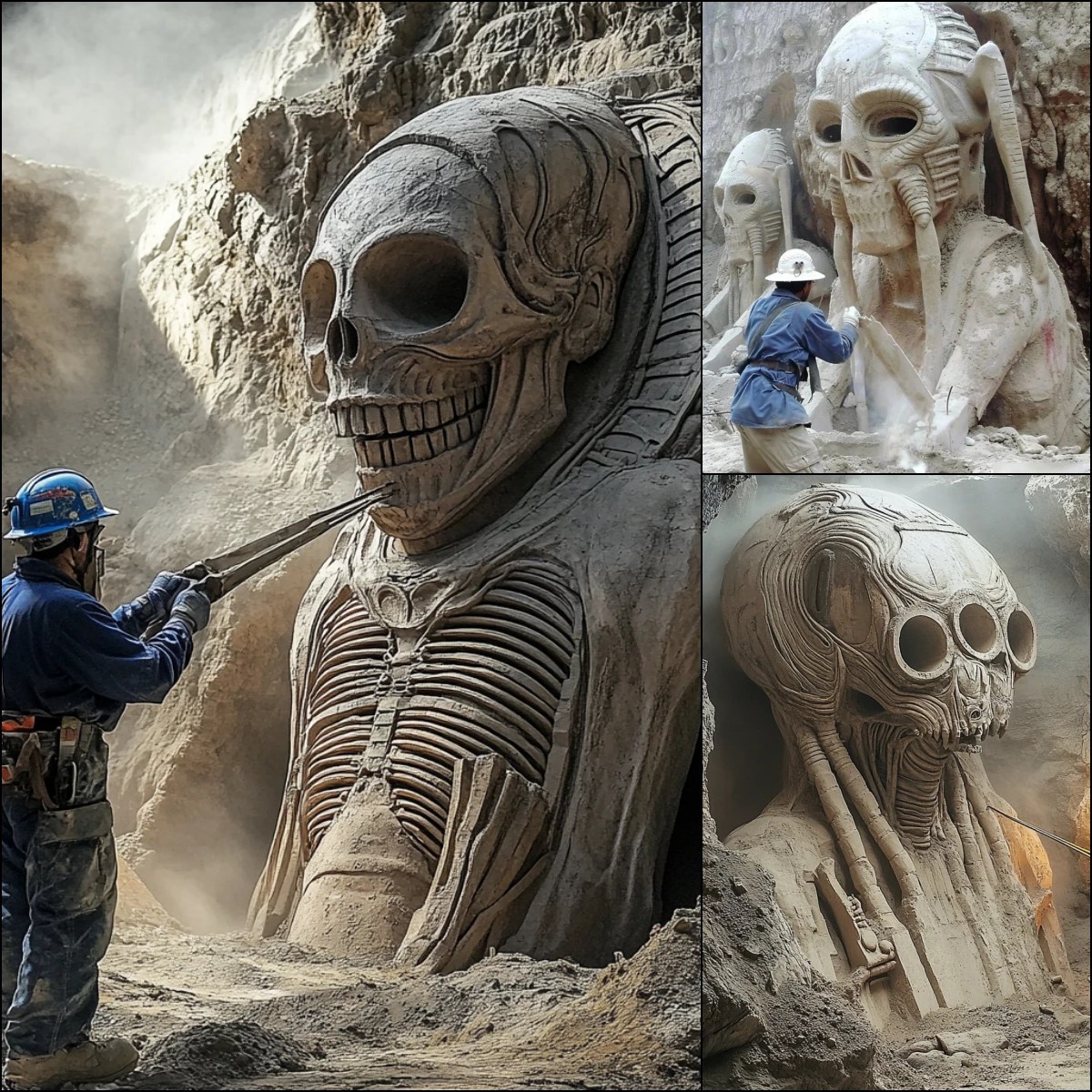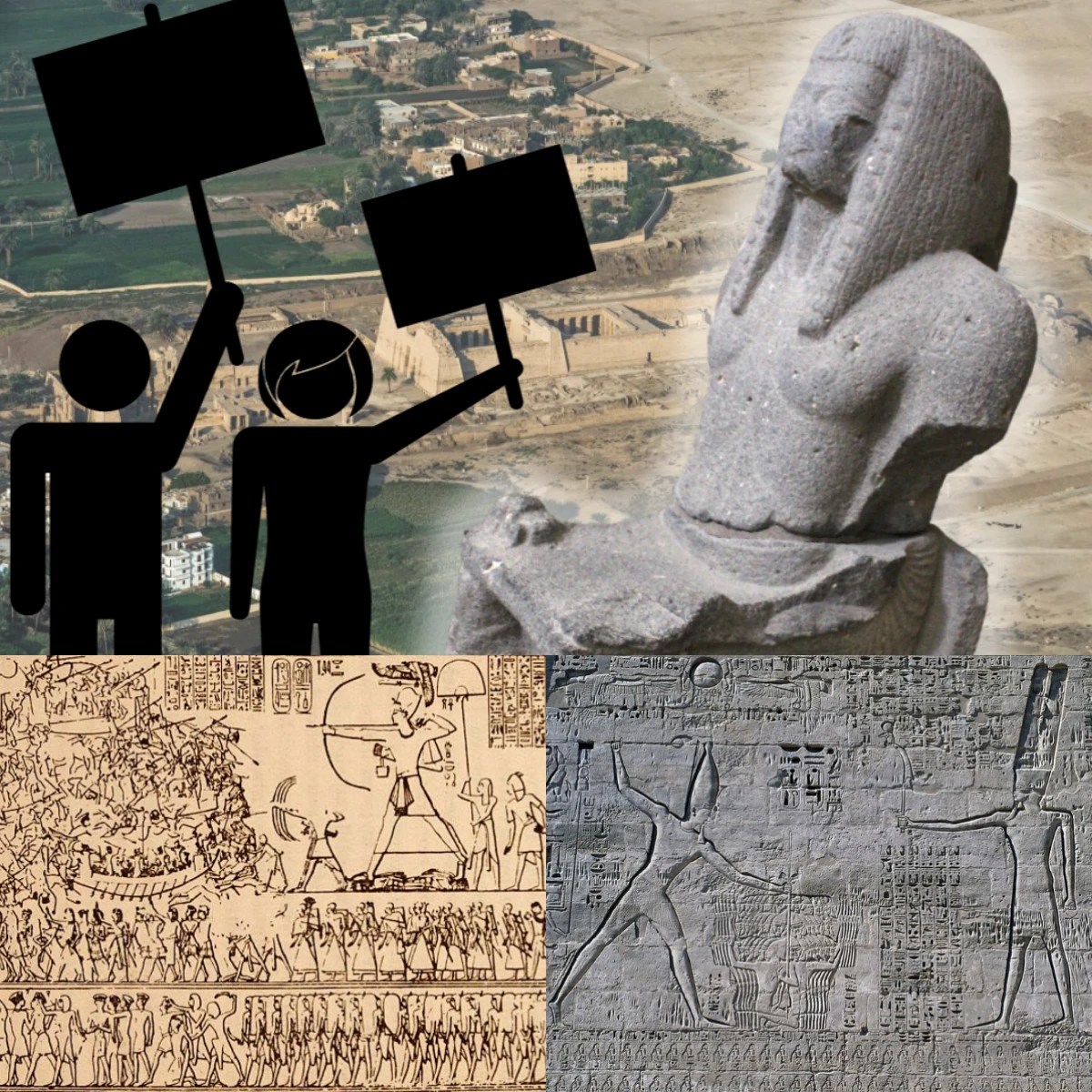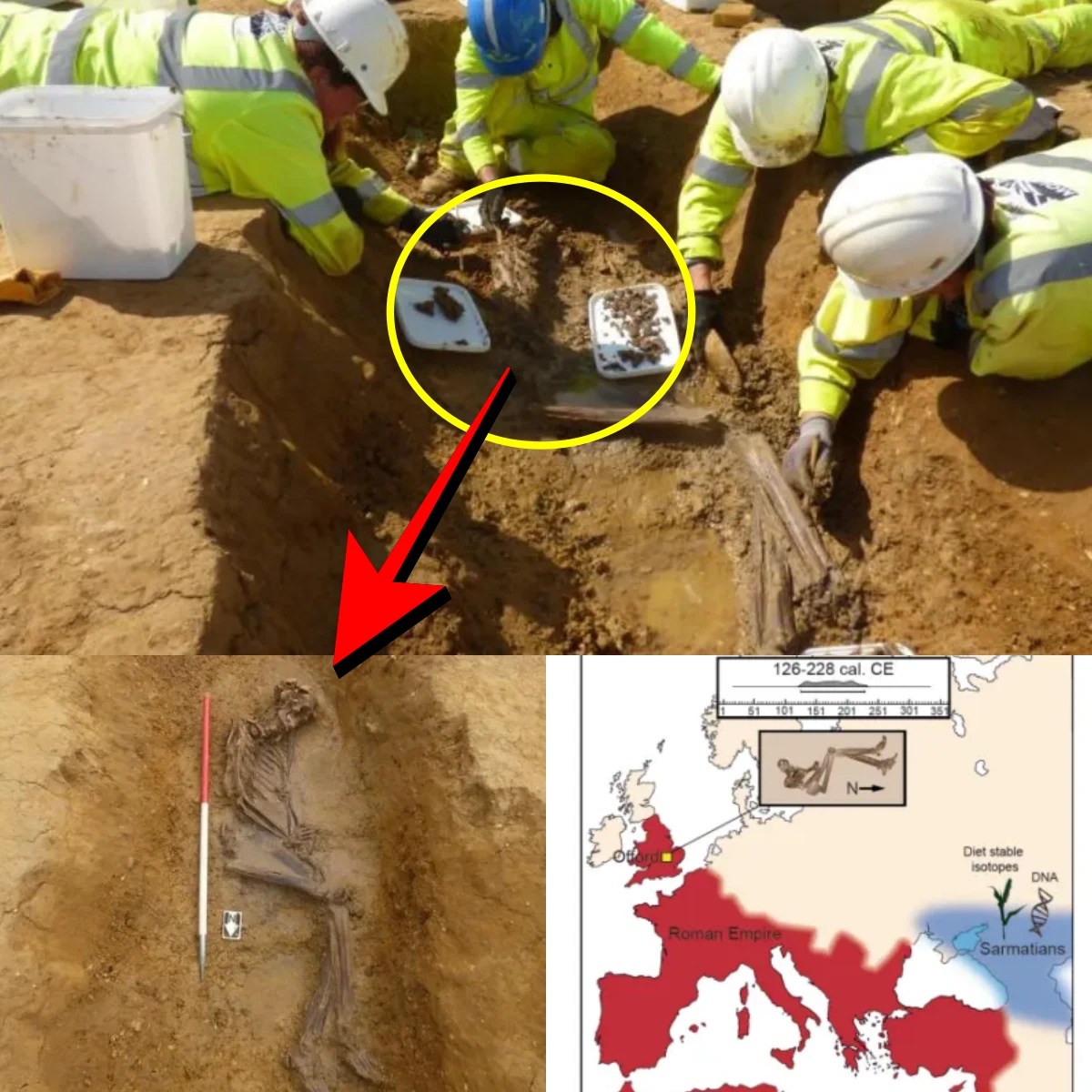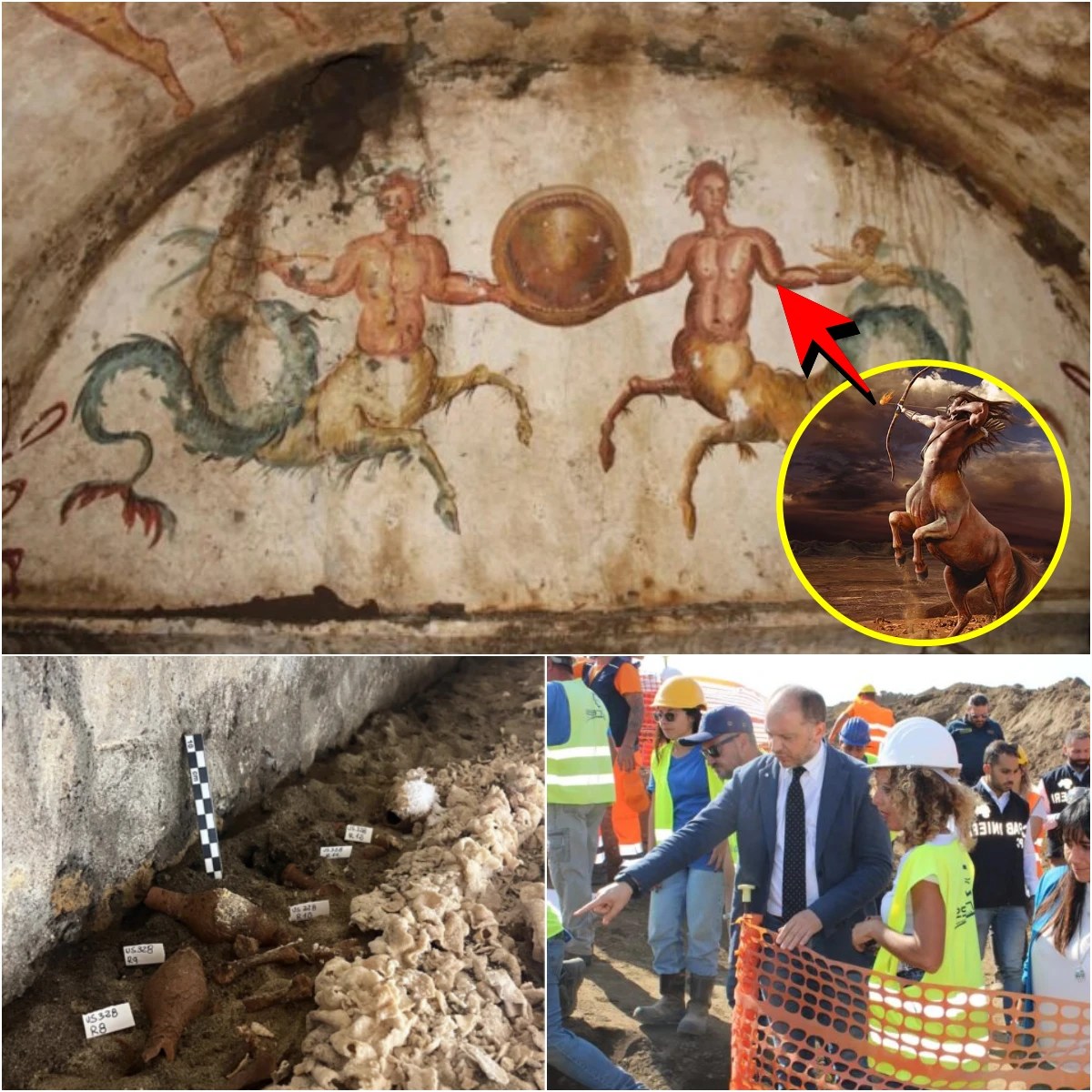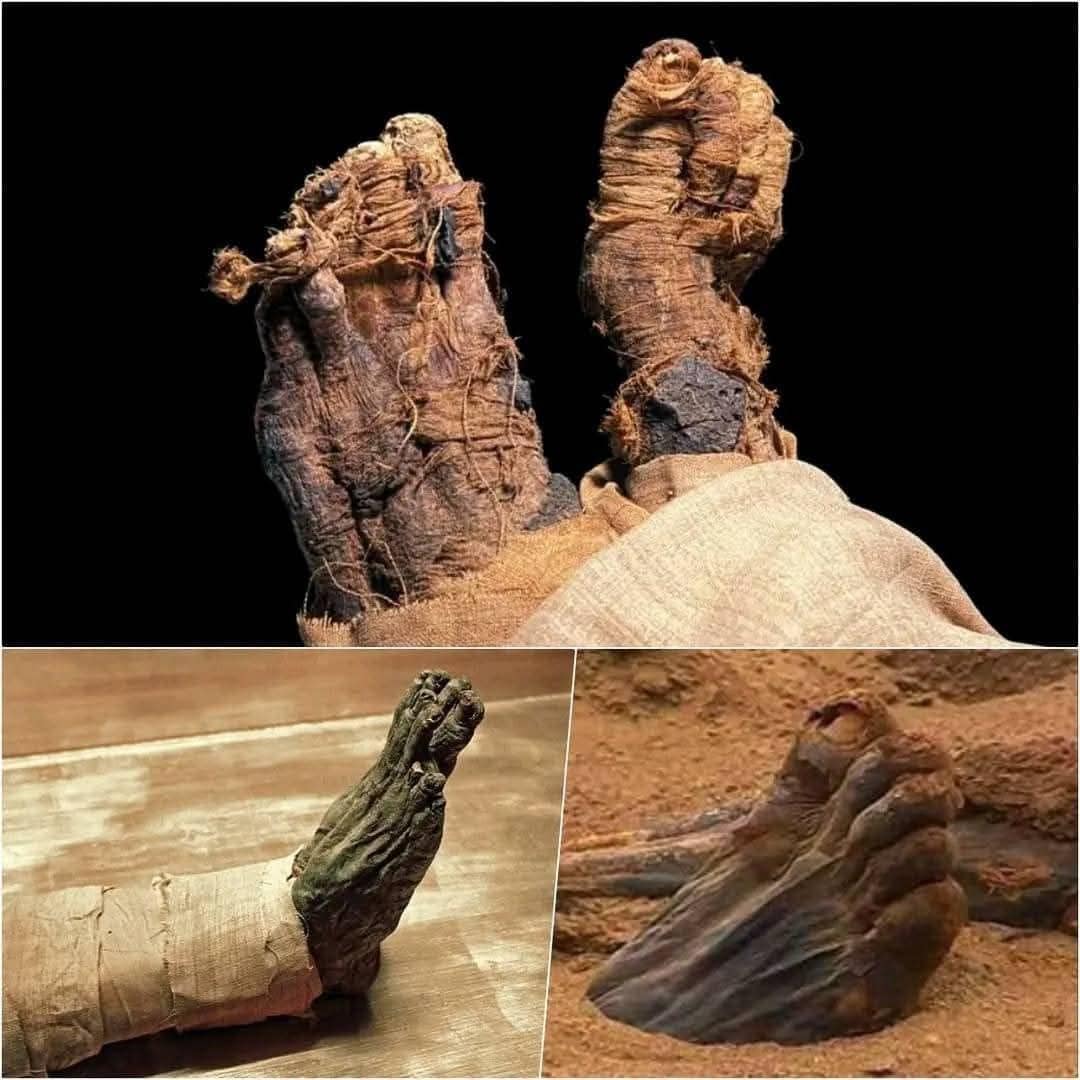Seti I’s Perfectly Preserved Face – How Did It Survive 3,298 Years?
The mummified face of the Egyptian pharaoh Seti I, 3,298 years old: it was black Since Europeans and Arabs invaded Kemet/Africa over a thousand years ago, they have been fascinated and obsessed with the vast knowledge and heritage that the African continent possesses. For centuries, they have unearthed the ancient tombs of notable Africans from various empires, kingdoms and cultures, in an attempt to understand how Africa became so magnificent in civilization, technology and culture. The more they searched, the more undeniable evidence they found pointing to the fact that African civilization predated European and Western civilization. This led…
2 min read


